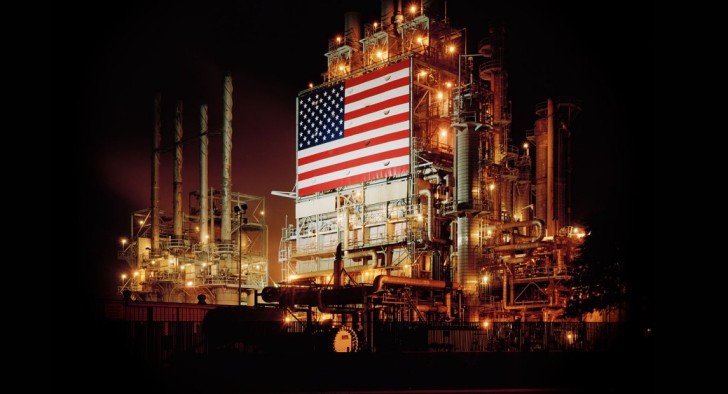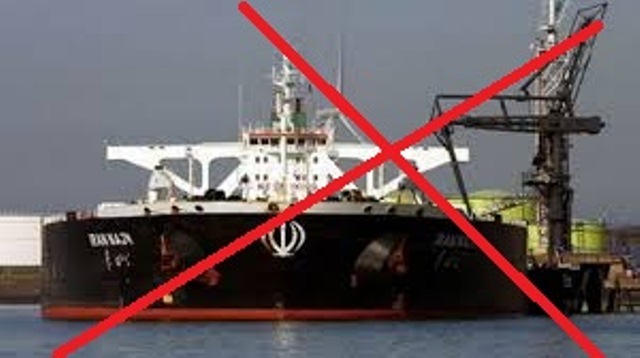…DOMESTIC INVENTORIES CONTINUE TO RISE FROM LOCAL PRODUCTION.
What we’ve heard from the industry is that there is US$1-trillion of planned projects that will be dropped or deferred over the next couple of years because of what’s happening.
West Texas Intermediate (WTI) crude oil price widened its discount to the European Brent during the second week of March, 2015 as U.S. inventories rose to the highest level since weekly data reporting started in 1982.
“The Brent-WTI spread is back above $10. People are putting more long positions in Brent than WTI because of the weak fundamental picture here,” said Gene McGillian, a senior analyst at Tradition Energy in Stamford, Connecticut.
U.S. crude inventories increased by 4.51 million barrels to 448.9 million in the week ended March 6, the highest level in weekly data compiled since August 1982, the Energy Information Administration reported on Wednesday. The nation pumped 9.37 million barrels a day last week, the highest in EIA estimates going back to January 1983.
Stockpiles at Cushing, the delivery point for WTI contracts, rose by 2.32 million barrels to 51.5 million, according to the Energy Department’s statistical arm. That’s the highest level since January 2013. U.S. refiners operated at 87.8 percent of their capacity last week, up from 86.6 percent the previous week.
The Washington Post has reported that the Houston Ship Channel reopened to traffic [March 12, 2015], allowing refineries to receive crude imports.
The Houston Ship Channel segment that was shut after collision has reopened, according to Andy Kendrick, a U.S. Coast Guard spokesman. Exxon Mobil Corp. said its Baytown refinery in Texas will receive crude shipments soon.
WTI also dropped as Genscape Inc. reported Cushing stockpiles continued to climb through March 10, according to Phil Flynn, senior market analyst at the Price Futures Group in Chicago.
“Production continues to increase, and we continue to grow storage,” said Michael Hiley, head of over-the-counter energy trading at LPS Partners Inc. in New York. “It’s still a bearish market.”
West Texas Intermediate for April delivery slid $1.25, or 2.6 percent, to $46.92 a barrel at 2:04 p.m. on the New York Mercantile Exchange after reaching $46.86, the lowest level since Feb. 2. The volume of all futures traded was about 6.4 percent below the 100-day average for the time of day.
Brent for April settlement fell 93 cents, or 1.6 percent, to $56.61 a barrel on the London-based ICE Futures Europe exchange. The European benchmark crude’s premium to WTI increased to as much as $10.41 a barrel from $9.37 yesterday.
Brent gained earlier as the dollar weakened from the strongest level in 12 years, boosting the investment appeal of commodities.
“Imports will start unloading, and refineries wouldn’t have to draw on domestic supplies,” said Andy Lipow, president of Lipow Oil Associates LLC, an energy consulting firm in Houston, Texas. “As imports arrive, refineries would restore their operation and product supplies would return.”
Ultra low sulfur diesel dropped 1.7 percent to $1.7889 a gallon on the Nymex and gasoline futures fell 1.5 percent to $1.7997.
WTI has lost more than half of its value since June, forcing U.S. producers to curb their drilling. Drillers have idled 653 rigs since the start of December, data from Baker Hughes Inc. show. The number of active machines seeking oil was 922 as of March 6, the lowest since April 2011, the services company said.
The global surplus comes not only from U.S. supply but also other countries boosting output, said Salim Al Aufi, Oman’s oil and gas undersecretary.
Oman, along with Organization of Petroleum Exporting Countries members Saudi Arabia and the United Arab Emirates, have all increased production, he said at a forum in Muscat. Oman is the biggest non-OPEC producer in the Middle East.
IRAN HIKES ROYALTIES TO COMPENSATE FOR LOSSES
The apparent crude oil price stabilization in the range of the $50s per barrel is not helping Iran, in the meantime. Reuters News agency reports that Iran will require private mines to pay an extra royalty to the government as a slump in oil prices forces the Opec producer to raise revenues elsewhere, an industry executive said.
The move, likely to be implemented at the start of Iran’s new financial year later this month, may shut more iron ore mines in the Islamic state and further reduce exports already cut by falling prices of the steelmaking commodity.
Iron ore is Iran’s biggest non-oil export. The country was the fourth largest supplier to top market China last year, although its shipments were far lower than those from Australia and Brazil.
“During 2014 at least 30 per cent of private iron ore mines in Iran have shut down and we expect more will be closed in 2015 with prices continuing to fall and because of the new regulation,” Keyvan Ja’fari Tehrani, head of international affairs at the Iranian Iron Ore Producers and Exporters Association, told Reuters in a phone interview.
Iran has about 150 private iron ore mines which produce around 11 to 12 million tonnes annually, comprising over a fifth of last year’s output and mostly sold overseas.
Under the new regulation, private mines will pay a royalty of up to 25 per cent of their iron ore sales, said Tehrani, on top of the current royalty of around 220,000 Rials ($8) per tonne. State-owned mines, which produce the bulk of the country’s output, already pay the extra tax.
Iran is facing a budget shortfall following a slide in oil prices, said Tehrani, with the government forecasting a crude price of $70-$72 per barrel for the fiscal year starting March 21, well above current levels below $60.
“To compensate for this budget shortage, the Iranian government has no choice but to increase local taxes for all commodities, services and minerals,” said Tehrani.
Emails seeking comment from Iran’s Ministry of Mine, Trade and Industry were not answered. An official at the Iranian Mines and Mining Industries Development and Renovation Organisation, a major state-owned holding company active in the country’s mining sector, declined to comment.
Iran’s iron ore exports are likely to fall by 20-25 per cent this year given the new royalty and weaker prices, said Tehrani. Shipments fell 15 per cent to 20 million tonnes last year as world prices nearly halved, he said.
A global glut stoked by low-cost producers from Australia and Brazil, just as China’s economy has slowed, has dragged down iron ore to below $60 a tonne, putting pressure on higher-cost rivals.
Tehrani said the government was not planning to impose a 10 per cent tax on exports of unprocessed iron ore earlier eyed for the incoming fiscal year.
The steep fall in energy prices will hit investment in oil and gas projects worldwide and the industry may cancel about US$1-trillion of planned projects globally in the next couple of years, a senior Saudi Aramco executive said on Monday, March 9, 2015.
“Challenges during down cycles are more complicated today than before…At this moment the global industry is poised to potentially cancel about US$1-trillion in capital funding,” Amin Nasser, senior vice president for upstream operations at the Saudi oil giant, told a conference in Bahrain.
Speaking to reporters later, Nasser said the US$1-trillion figure included projects that might merely be delayed, not just those that could be canceled outright.
“What we’ve heard from the industry is that there is US$1-trillion of planned projects that will be dropped or deferred over the next couple of years because of what’s happening,” he said, without elaborating on the source of that estimate.
Since last June, the Brent oil price has collapsed from US$115 a barrel to around US$60 because of a supply glut fueled by a sharp rise in U.S. shale oil production, as well as weaker global demand.
The decline has left some smaller oil producing countries reeling and forced a number of oil companies to slash investment budgets.
Aramco itself has put on hold its deepwater oil and gas exploration and drilling activities in the Red Sea and suspended plans to build a US$2-billion clean fuels plant at its largest oil refinery in Ras Tanura, industry sources told Reuters.
The company’s chief executive Khalid al-Falih said in January that Aramco would renegotiate some contracts and postpone some projects because of cheap oil.





